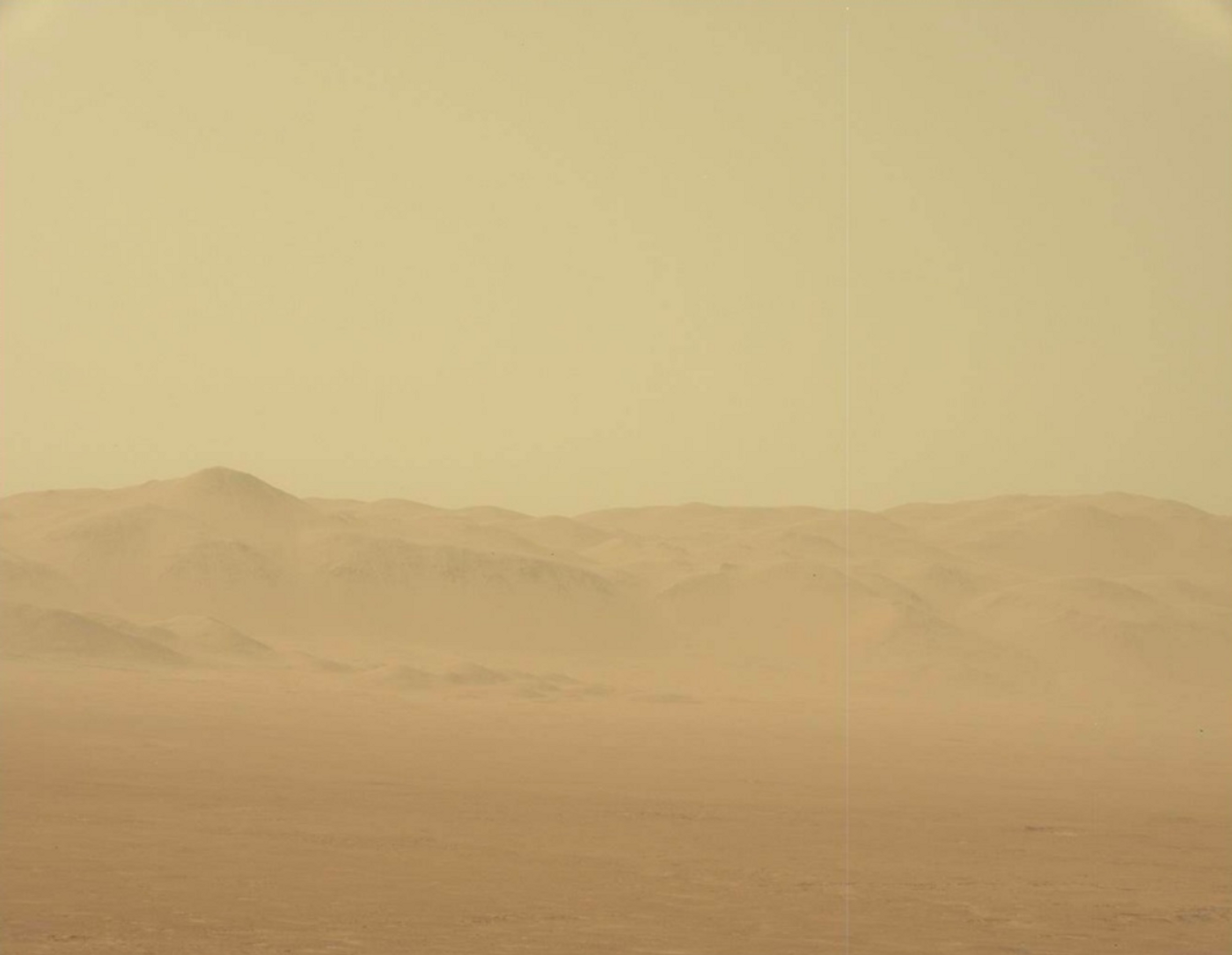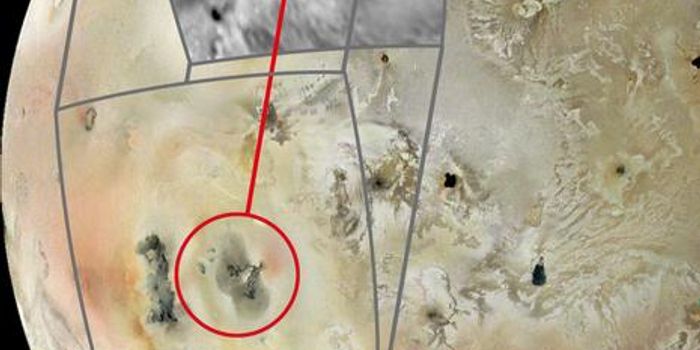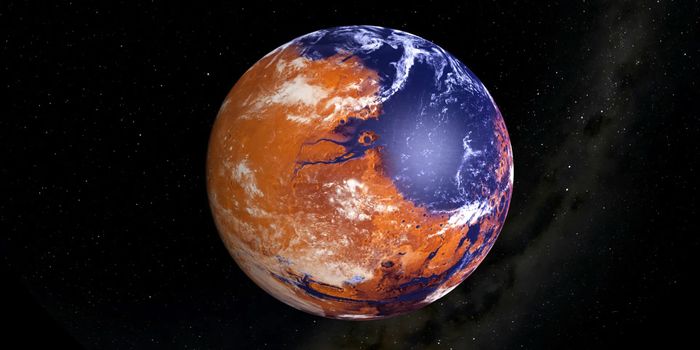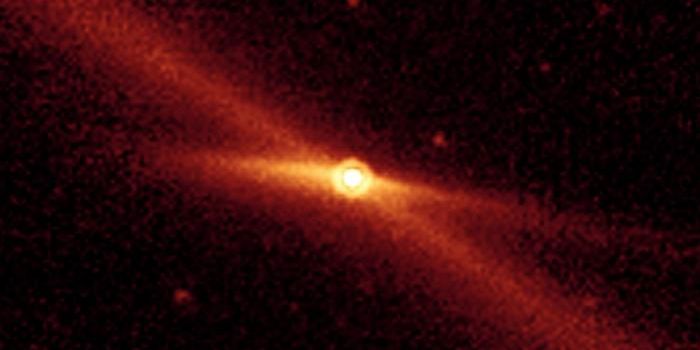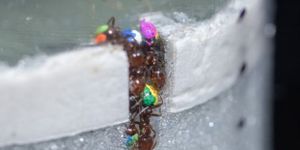Martian Dust Storm Begins Clearing, Sparking Hope for the Opportunity Rover
Back in June, Mars became enveloped by a planet-wide dust storm. The dust from the storm blocked so much sunlight that NASA felt compelled to put its solar-powered Opportunity rover into a low-power state. The space agency hasn’t heard from Opportunity since.
But in a recently-released public statement, NASA reveals how the Martian dust storm appears to be subsiding. The news reignites hope that the space agency will reestablish contact with the Opportunity rover soon, following several weeks of silence.
Image Credit: NASA/JPL-Caltech/MSSS
Opportunity’s silence can be attributed to its low battery levels. Airborne dust prevents sunlight from reaching the Martian surface; hence Opportunity’s batteries aren’t staying charged. But as the airborne dust settles back to the surface, the dust cloud becomes thinner, and this increases the amount of sunlight Opportunity can access.
NASA uses a measurement called “tau” to reference the amount of sunlight that reaches Opportunity. On a typical Martian day without any dust storms, the tau sits at approximately 0.5. When the dust storm kicked off in June, the tau skyrocketed to 10.8. According to NASA, Opportunity requires a tau of 2.0 or lower to receive a charge from the Sun, and the current tau is hovering around 2.5.
Related: NASA's Curiosity rover snaps an excellent panoramic image
It could be a while longer before Mars’ tau levels reach the desired value, but NASA engineers are monitoring the situation around the clock with the Mars Reconnaissance Orbiter (MRO) in an attempt to grasp a more realistic timeframe.
Upon giving Opportunity ample time to recharge, NASA will try using the Deep Space Network to communicate with the rover. At first, NASA expects to hear back with some general rover health updates after a delay. Later, NASA will perform hardware tests to ensure that the rover is in good working condition and to discern whether it will return to normal operations.
But “good working condition” doesn’t necessarily translate to “good as new.” NASA suggests that because Opportunity has been dormant and drained of its energy for so long, its batteries may not perform as they did before the dust storm. That said, the much-anticipated reconnection could be bittersweet.
Even if things don't return to normal for Opportunity, NASA can still rely on its nuclear-powered Curiosity rover and the upcoming Mars 2020 rover for future red planet exploration.
Related: The Curiosity rover's wheels are beginning to break
NASA will keep us all apprised on the matter as new details surface, so be sure to stay tuned for updates.
Source: NASA
